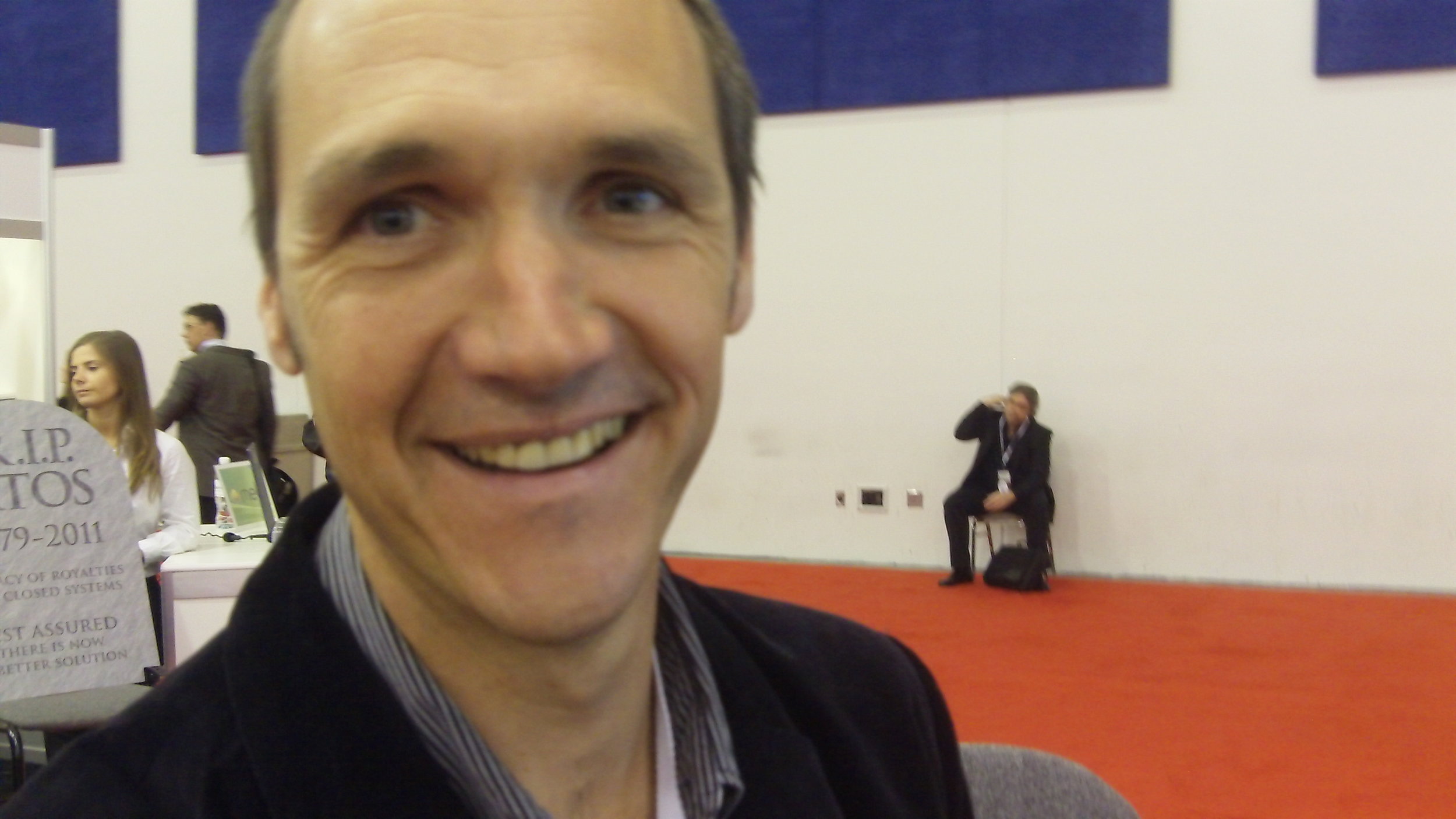By Douglas Alexander, Component EngineerSpecial to NewTechPress
A few years back, an employee of a capacitor manufacturer left the company and stole the formula for a low equivalent series resistance electrolytic capacitor. He brought the formula to a black market operation and began to produce the capacitors using the same markings as the original company.
As it turns out, his bogus operation did not get the formula right and produced millions of bad capacitors that were sent all over the world. My company was one of the unfortunate recipients of the bad caps and we had to spend thousands of dollars and hundreds of hours reworking boards, removing the bad counterfeit capacitors, and replacing them with the good parts. Had we performed an incoming inspection based upon what is known as an Acceptable Quality Level screening, we would have caught the bad parts and saved ourselves a lot of money and grief.
Over the years companies have developed a systematic approach to the business basics of components and product assembly, often from the hard lessons of costly errors. And now, there are new technologies being introduced to detect counterfeit integrated circuits, and companies are being formed for the sole purpose of screening for counterfeits.
Processes
Component selection: The task of identifying a “correct” component for the circuit may involve an understanding of how the circuit works and extrapolating the correct parametric for a device or it may involve identifying the device from a given “list” of parameters. The latter case may be presented as: “I need a low drop-out regulator that can handle 500 milliamps with a 5V input and 3.3V output.” The individual responsible for identifying the final component must also know what questions to ask the Design Engineer in order to expedite the selection of the right part. Is there a package preference, a preferred mounting configuration, an operating temperature consideration, a size constraint, or any number of other factors that may affect the final selection?
Testing: Screening is often required to verify that a device meets the manufacturer’s specifications and functions as expected in the design process or existing circuit under test. This can be as simple as verifying a resistor's value and tolerance on an LCR meter (Inductance/Capacitance/Resistance), or it can be as involved as qualifying a higher-level, purchased assembly that has hundreds of critical parameters.
Analysis: This may involve what is known as Failure Mode Effect Analysis where a component is found to be the cause of a failure in a circuit. Every failure must be examined for “Root Cause” in order to understand the fundamental reason for the failure. Until this is understood, there can be no assurance that the failure will not occur again. To say a component failed because of excessive electrostatic discharge (ESD) does not delineate the full causation of the failure. How much of a charge is needed to destroy the device? What was the source of the ESD? How did the charge reach the component? Is the circuit protected against ESD? These questions and many others must be asked in order to determine the ultimate “fix.”
See the rest of the article at element14.com

Douglas Alexander has been working in the electronics R&D and manufacturing sector for over 25 years with experience in all aspects of component selection, qualification, verification, specification control, reliability prediction, and assurance. His goal in Componentsengeineering.com is to offer the reader a comprehensive understanding of the various types of electronic components used by designers and manufacturers who are associated with electronic engineering and manufacturing.

